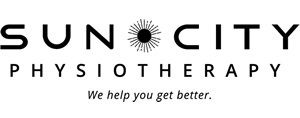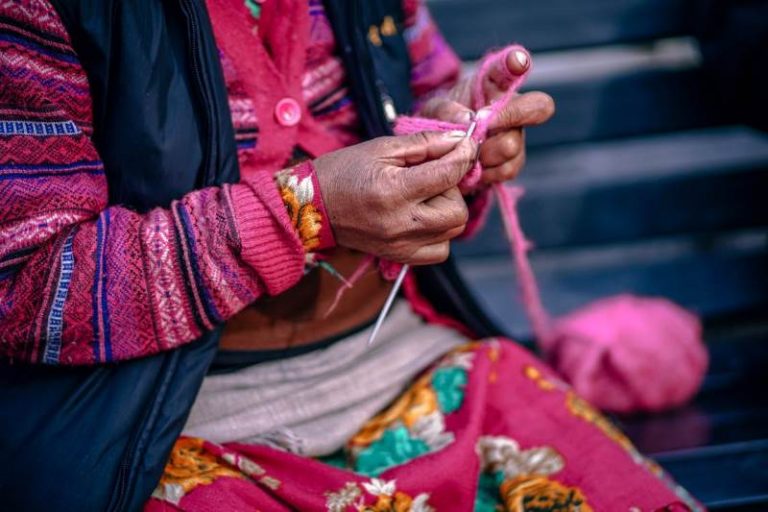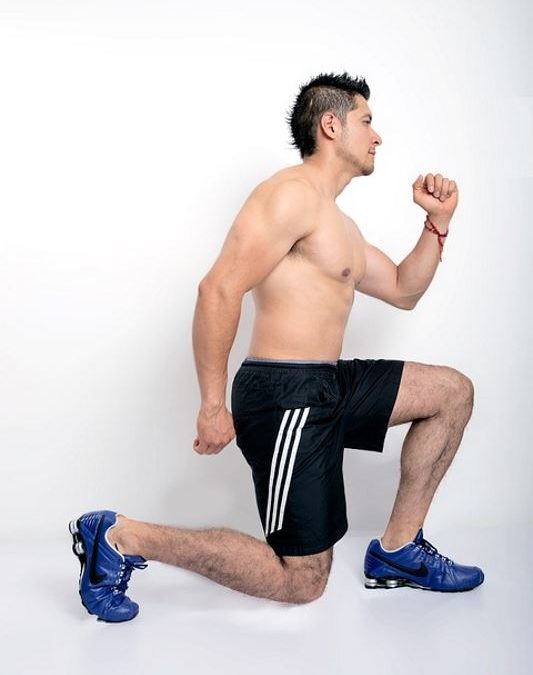Torticollis
Have you or someone you know just welcomed a new addition to the family? If so, this article may be for you! Since the promotion of “Back to Sleep” as well as babies having to spend time in the NICU or PICU due to numerous conditions, head shape issues have been increasing. Torticollis can also be caused by trauma during birth, awkward positioning in the uterus and other conditions.
When a baby is born, the bones that make up their skull are soft and gradually overtime they begin to fuse. If during this time there is more pressure put on one side than the other, the baby’s head may start to flatten more on one side. This is called “Plagiocephaly.”. Sometimes the flattening can be severe and facial features can begin to shift as well. The most notable being a shift of the ear and forehead and an asymmetry between the baby’s cheeks and jawline. If a baby spends most of the time on their back or had to spend time in the NICU/PICU, there may be equal flattening on both sides resulting in “Braciocephaly.”
Often the first time this is brought to the family’s attention is at their 3 month check-up or vaccinations. If this has happened to you, don’t fret and stay off the internet!! Most of the time this condition results from a tightness or imbalance of strength between the babies neck muscles called the sternocleidomastoid or SCM for short. If this muscle is the culprit then the condition can also be referred to as Congenital Torticollis. Torticollis can have many different causes, some worse than others, but 80% are due to muscular issues from the SCM.
The condition is most apparent around 2-3 months or older. At this time babies are getting stronger and exploring their environment more. If you notice your baby tends to look one direction more than the other, especially when they are on their back, this may be an indication of torticollis. Often the first indication is the flattening at the back of the head.
Torticollis can be easily treated without any manipulations or medications. With gentle stretches and strengthening exercises, the baby’s neck muscles can even out and this will help with their head shape as well. It is best to see your physiotherapist before 6 months of age. This is due to the skull bones becoming increasingly fused as well as the creeping, crawling and rolling when babies begin to explore their environment.
If your healthcare provider or someone you know has brought this condition to your attention, don’t worry. Come see your physiotherapist for an assessment and treatment plan that works for you and your little one.
Follow this link to view more about Pediatric – Kid’s Physiotherapy.



